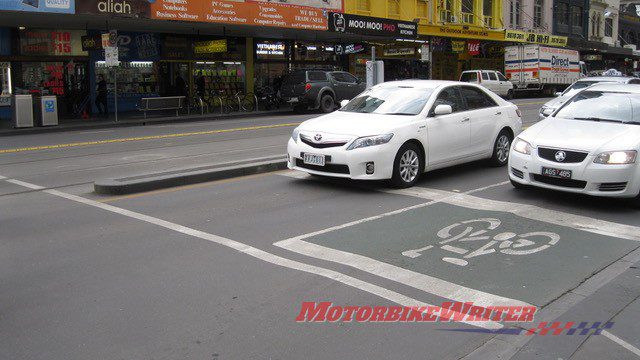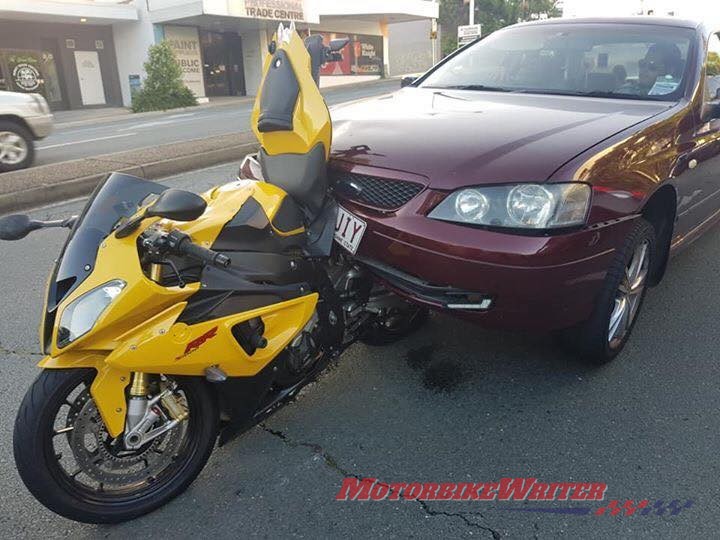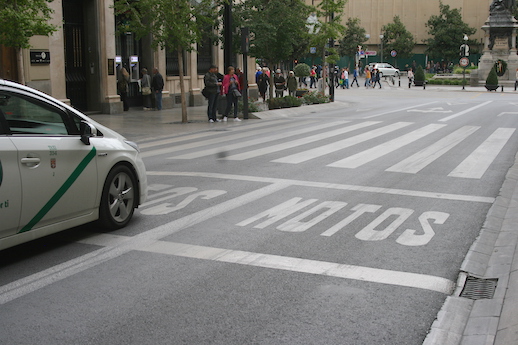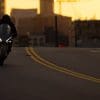Hopes of a trial of forward stop lines or motorcycle boxes for the safety of filtering riders have been set back after the Australian Road Research Board rejected the idea.
Forward stop lines are used in many European and Asian countries to give riders a safe head-start from traffic and protect them from rear-end crashes.
The only state with a similar system is Queensland which has green bicycle storage boxes that motorcyclists can use under certain circumstances.
While most states say they have no plans for the forward stop lines or motorcycle boxes, Victoria decided to investigate the proposal.

Motorcycle boxes setback
However, that has suffered a step back with the Victorian-based ARRB ruling out two options for trials in its “Preview of Motorcycle Boxes” which has not yet been released to the public.
This is despite calls from rider groups for trials which have been backed by the Victorian Police and the Victorian Automobile Chamber of Commerce.
The ARRB draft report commissioned for Melbourne Council and VicRoads says rear-end crashes are “insignificant” and did not warrant the forward stop lines trial.
It says “only” 7% of motorcycle fatalities and serious injuries are rear-end crashes and 13% are caused by lane changes.
Those figures may be insignificant to the ARRB but would seem pretty significant to most riders!
Rubbery figures
The figures have also been disputed as “rubbery” by the Motorcycle Riders Association of Victoria.
The MRA Victoria point out that the ARRB did not consult motorcycle and scooter representatives, but only talked to bicycle and pedestrian groups.
Spokesman Damien Codognotto says the ARRB study was “set up to find in the negative” and has called for costs of the study.
The ARRB is a commercial research centre that receives partial government funding.
A spokesman confirms they have recommended against “a plan for coloured on-road boxes at central Melbourne intersections reserved for motorcycles”.
A City of Melbourne spokesperson says the ARRB report has been sent to all members of the Motorcycles in Melbourne committee and will be discussed at the upcoming meeting in April.
The draft report also claims that VicRoads spent $30m on motorcycle safety, but it is believed most of this was paid out of the Motorcycle Safety Levy funds.
Some of this expenditure included $500,000 to update the motorcycle booklet and $750,000 for changing registration to permit LAMS motorcycles.



